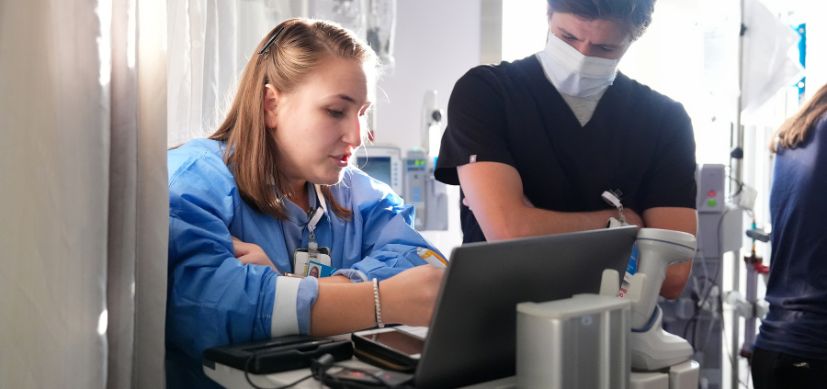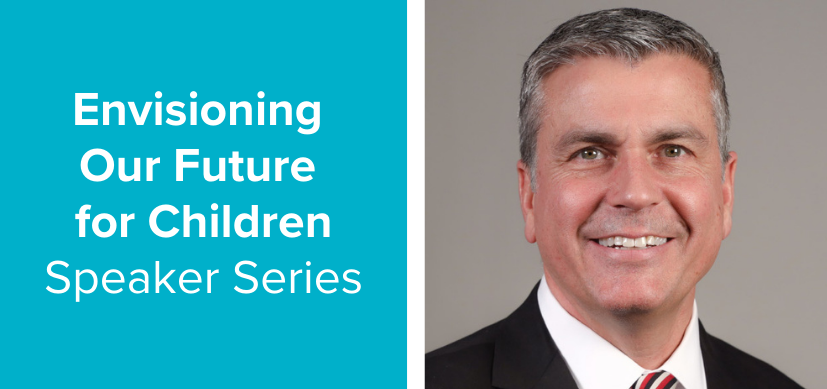Research from Cincinnati Children’s Leads to New Migraine Treatment Guidelines
Research By: Andrew Hershey, MD, PhD
Post Date: August 22, 2019 | Publish Date: Aug. 14, 2019

New guidelines for preventing and treating migraine in children and adolescents were published Aug. 14, 2019 , in the journal Neurology, by the American Academy of Neurology (AAN) and the American Headache Society.
The new guidelines represent the first significant update since 2004.
“We reviewed all of the available evidence, and the good news is that there are evidence-based treatments for children and teens that are effective for treating migraine attacks when they occur,” says guideline lead author Maryam Oskoui, MD, MSc, of McGill University in Montreal. “However, most medications that are designed to prevent recurrent migraine attacks are only as good as placebo when used in children and there is little evidence to guide treatment of related symptoms such as nausea and sensitivity to light. It should be noted that these medications, as well as placebo, were effective in more than 50 percent of the patients.”
As one of the world’s largest centers for studying and treating pediatric and adolescent migraine, Cincinnati Children’s Headache Center played a major role in developing the new guidelines. Andrew Hershey, MD, PhD, Endowed Chair and Director, Division of Neurology, is a senior author. The discovery that placebo treatment was as impactful in children as two leading migraine medications was led by Hershey and Scott Powers, PhD, and published Jan 12, 2017, in The New England Journal of Medicine.
“I think the new guidelines are an important advancement. It has been 15 years since the previous ones. In that time there have been a number of studies in children looking at both acute and preventive treatment. So, the new guidelines definitely factor in those components. However, research continues. This is a living ongoing document that will have to be changed as our understanding of migraine deepens.”
Q: What are the key changes written into the new guidelines?
We’ve got new medications, both acute and preventive that have been FDA-approved. Additionally, there are some non-pharmaceutical studies that have come along, including one of ours that reports on the value of treating chronic migraine with a combination of cognitive behavioral therapy (CBT) and amitriptyline.
The guidelines incorporate these findings. They recommend that children and teens have detailed histories and physical exams, including a neurological examination. They also recognize the importance of healthy eating, regular exercise, hydration and sleep.
The bottom line is that the guidelines recognize that a multi-pronged, multidisciplinary approach is the best approach for improving outcomes.
Q: For those who may not be familiar, what is CBT?
I tell families that CBT is basically using your own brain power to control your response to pain—in this case the pain of a migraine attack. This is done through biofeedback and relaxation, positive vs. negative thinking, adherence management and barrier reduction. Basically, with professional guidance, you can use what you have within yourself to make yourself better.
We measure the outcomes of CBT in much the same way we measure pharmaceutical treatment—through frequent feedback from patients. The primary outcome for most headache studies is the reduction of headache days per month. The goal is to reduce incidence to one migraine attack per week or less, and to have an acute medication in-hand that brings patients back to normal daily functioning within an hour.
Q: What’s next for migraine research?
I think in the next few years there will be a lot more opportunities to treat children and adolescents with individually effective medications and devices.
There are several new compounds approved for adults that are in the process of being approved for children. These include anti-CGRP antibodies, as well as CGRP receptor antagonists, sometimes called “gepants.” Another class of medications in the pipeline resemble the older class of triptans, but target the 5HT-1F receptor, sometimes called “ditans.”
Also, some devices being studied as alternatives to pharmaceuticals. There are some electrical and magnetic based stimulators that have been looked at in adults that now also are being looked at for adolescents and children.
This is an exciting time. The more medications and treatments that emerge, the more we can investigate the mechanisms by which they work. And that could lead to better understanding of migraine as a disease. So stay tuned.
| Original title: | Practice guideline update summary: Pharmacologic treatment for pediatric migraine prevention |
| Published in: | Neurology |
| Publish date: | Aug. 14, 2019 |
Research By








